Find Peace on the Portuguese Way
The stunningly scenic Camino Portugues (or the Portuguese Way) is perfect for anyone wanting to experience the Camino de Santiago from a different angle. The paths are more quiet than the Camino Frances but equally fascinating.
Traditionally starting in the city of Lisbon, the Camino Portuguese Central Route heads north following the Atlantic coast of Portugal before heading inland into Spain.
While you take in the magnificent sights of Portugal, you can taste some of the best food and wine that the area has to offer. The Portugues Camino route is an authentic and culturally rich experience not to be missed!







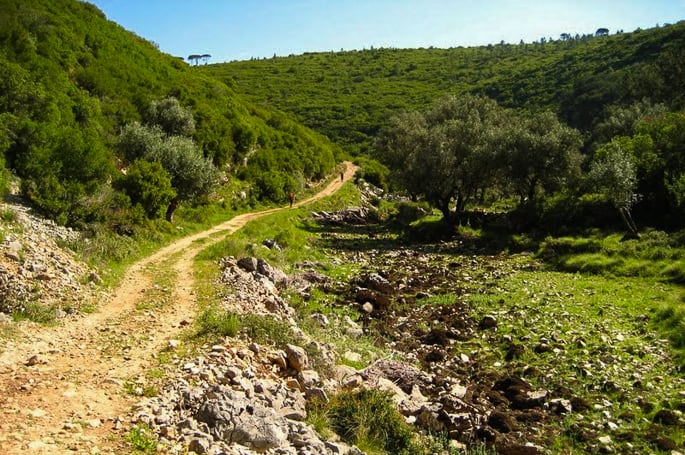
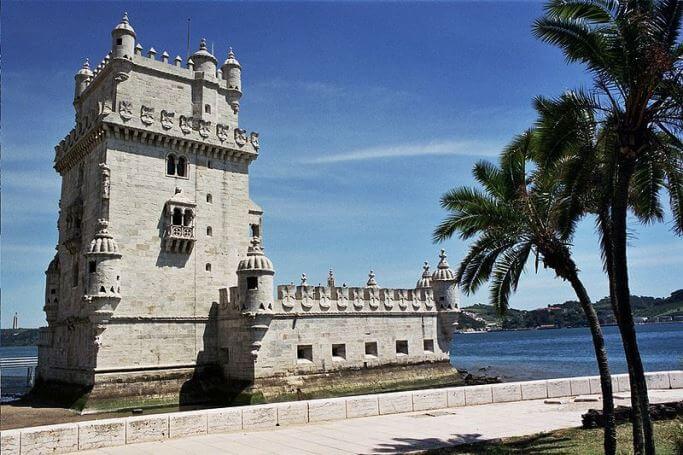





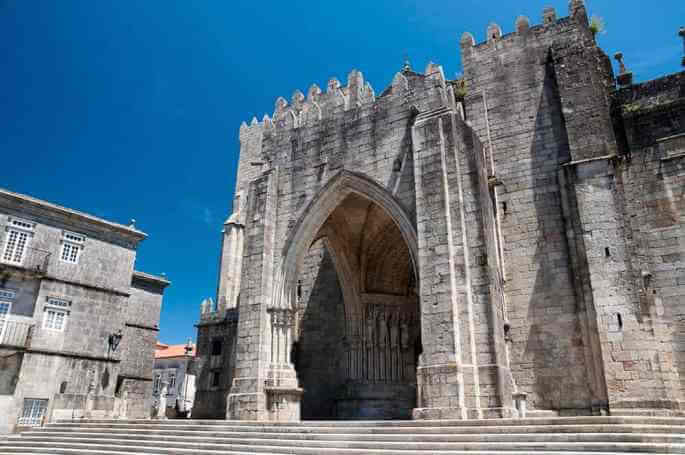


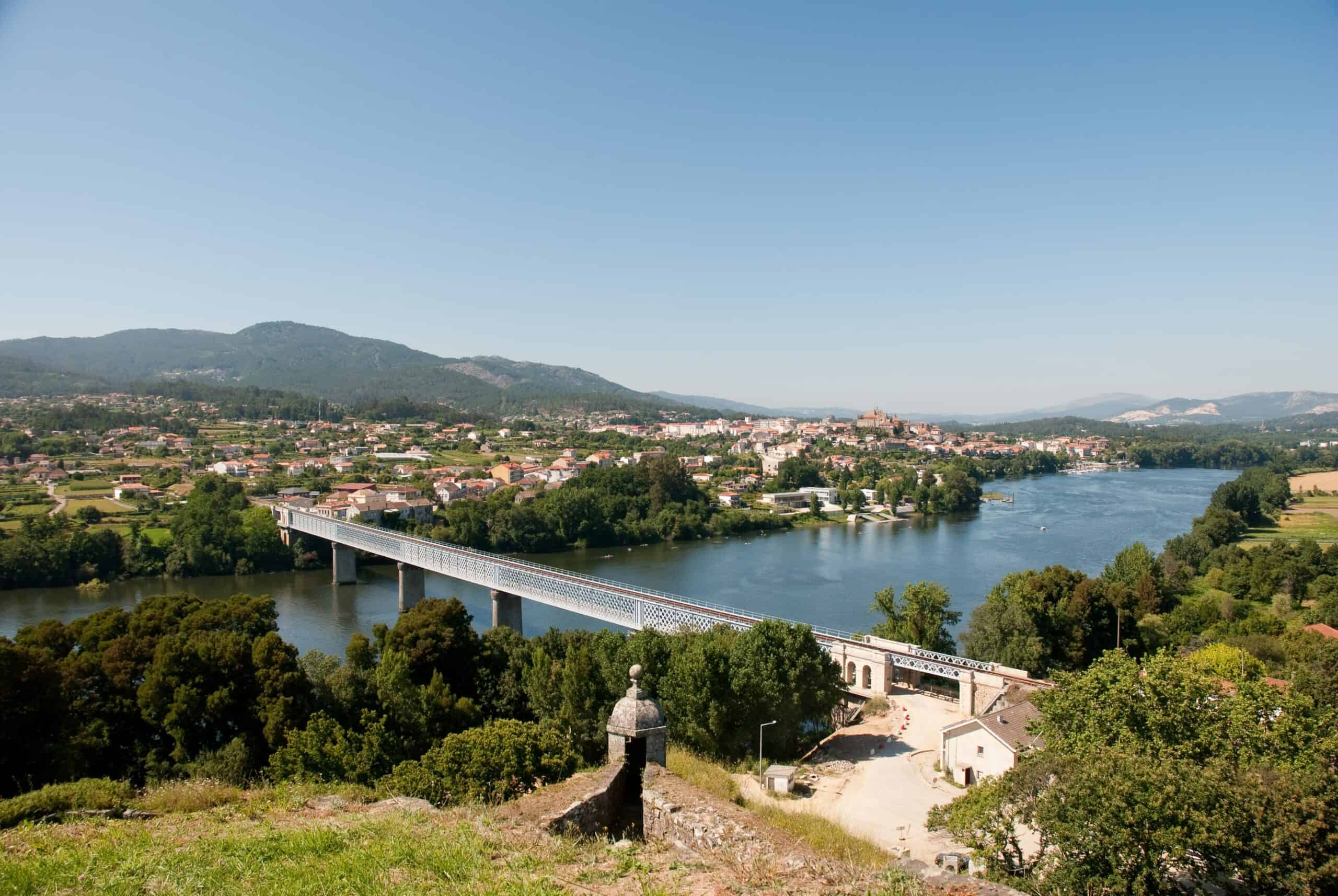
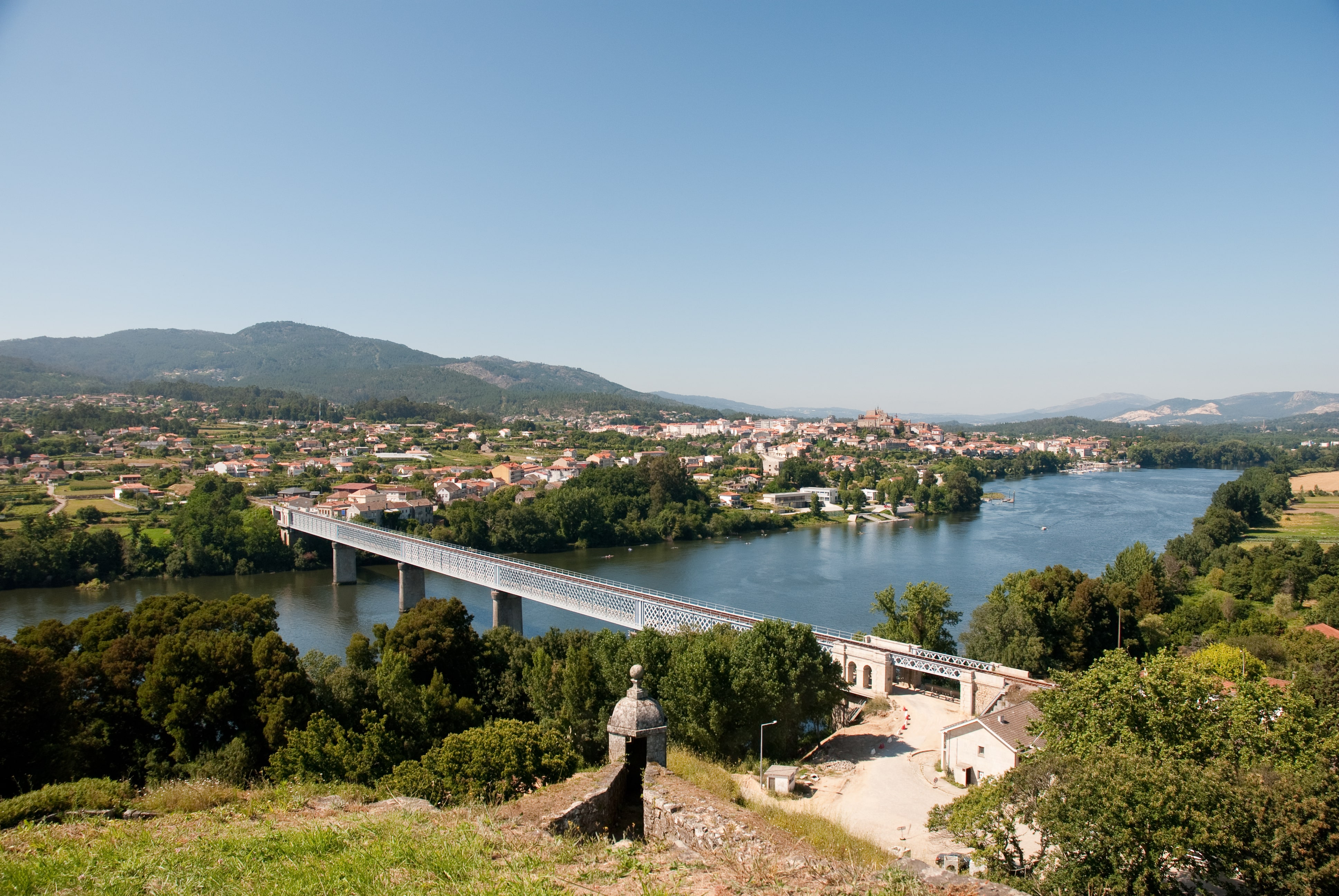
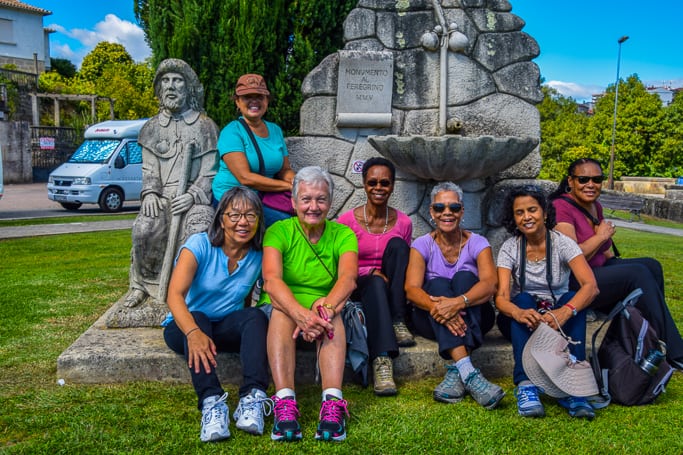
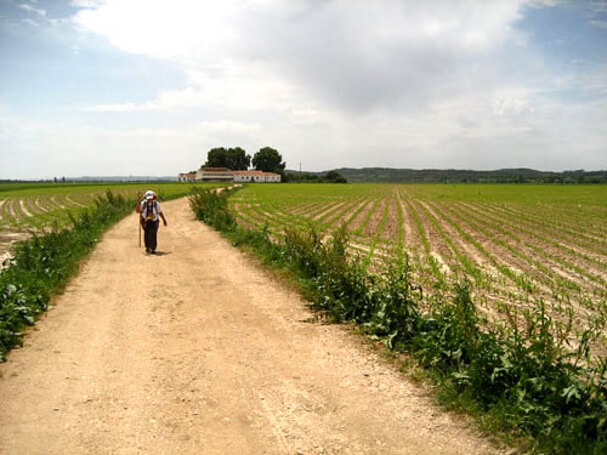
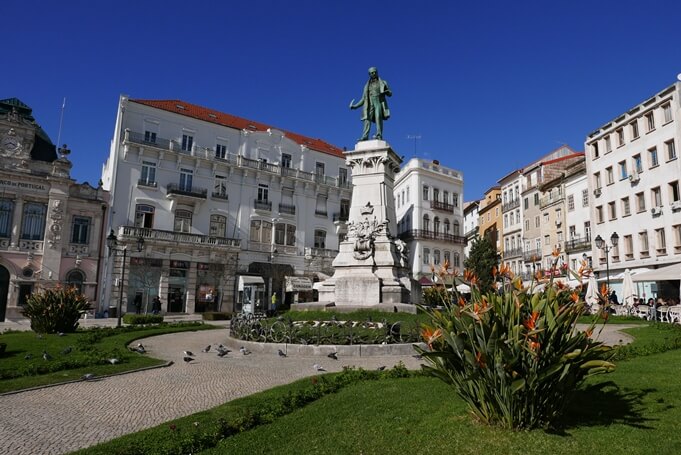
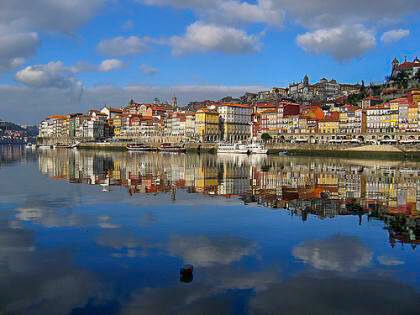

Share on: